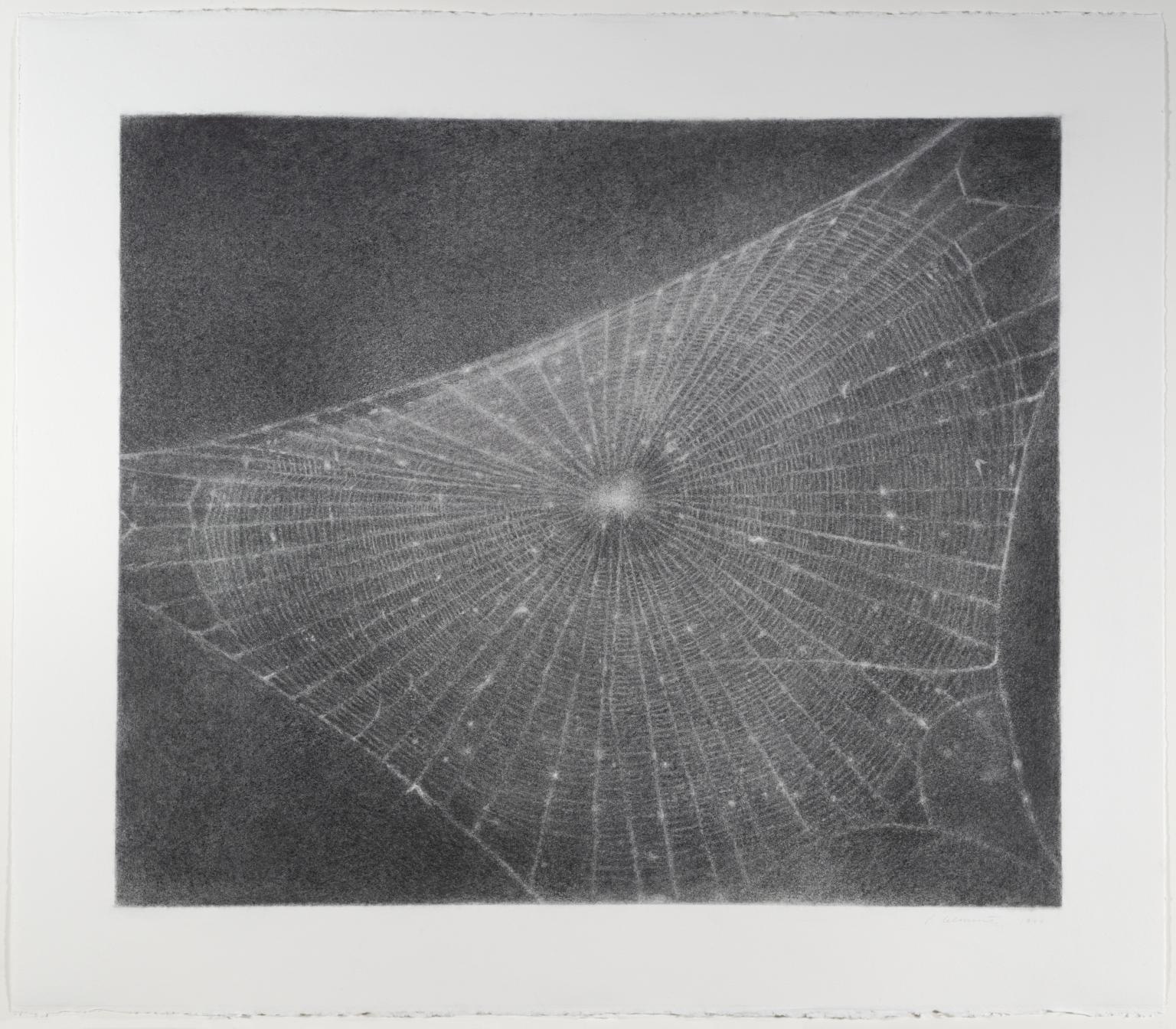At times, there is a wonderful bonus to being an artist and specialising in a medium - it brings together a community of like-minded artists. It becomes, in essence, a celebration.
This happened to me this weekend in the silverpoint drawing world. A friend of mine, whom I had met first by Internet and then in person at The Luster of Silversurvey of contemporary silverpoint drawing at the Evansville Museum of Art, Evansville, IN, came to visit me with her charming husband. Marjorie Williams-Smith, an exquisite silverpoint draughtswoman, drove from Little Rock, Arkansas, with her equally talented, master printer husband, AJ. The main purpose of the visit was to see the work I am doing, more and more, in silverpoint on a black ground versus a white or tinted ground. Marjorie obtained a grant to explore this dimension of the medium of silverpoint/metalpoint, and chose me as one of her "subjects" A huge compliment.
For me, as an artist very much working on my own in a rural part of the world, sharing ideas and "talking shop" with other artists, particularly in this rarified medium of silverpoint, is a real event. This weekend visit was indeed fascinating, as each of us has a different approach to drawing in silver on a black ground. We agree that one needs to have one's head go into reverse, as it were, since lights become darks, and the silver marks on the black ground are scintillating but very subtle. Choice of subject matter is different from the usual luminous versions of things in traditional silverpoint on a white ground. The few other artists we know who are working on black tend to work abstractly because it is such a challenge to make the delicate silver line visible. In real life, you can see the shimmer; in digital form, that is lost.
Posidonia, Palma, silverpoint, Jeannine Cook artist
For instance, this drawing of "Posidonia", a wonderful Mediterranean sea grass, has much more of the feel of undulating fronds in real life as you look at the drawing.
Life Forces, silver/copperpoint, Jeannine Cook artist
However, there are also other aspects of this silverpoint on a black ground that are really interesting to learn about. I have found that because, apparently, the silver and copper (as in this drawing, "Life Forces") react chemically in a different fashion from when you are working with a white ground, there are other effects that appear. It depends, evidently, upon the chemical formulation of the actual ground. Presumably each manufacturer's formulation for black gesso might be different, to some degree, and this would also change the reaction of the silver and copper. Lots to learn!
It was fun, too, with Marjorie and AJ, to ponder the other conundrum to do with these black silverpoint drawings: how to frame them! I have been struggling with this aspect of these drawings for some time now and have not really found a true solution, because there is such subtlety and mystery to the drawings that they need a different framing approach.
It was really such a celebratory day together with these two wonderful artists. I was so appreciative of the fact that silverpoint drawing brought us all together. It was a wonderful bonus.






